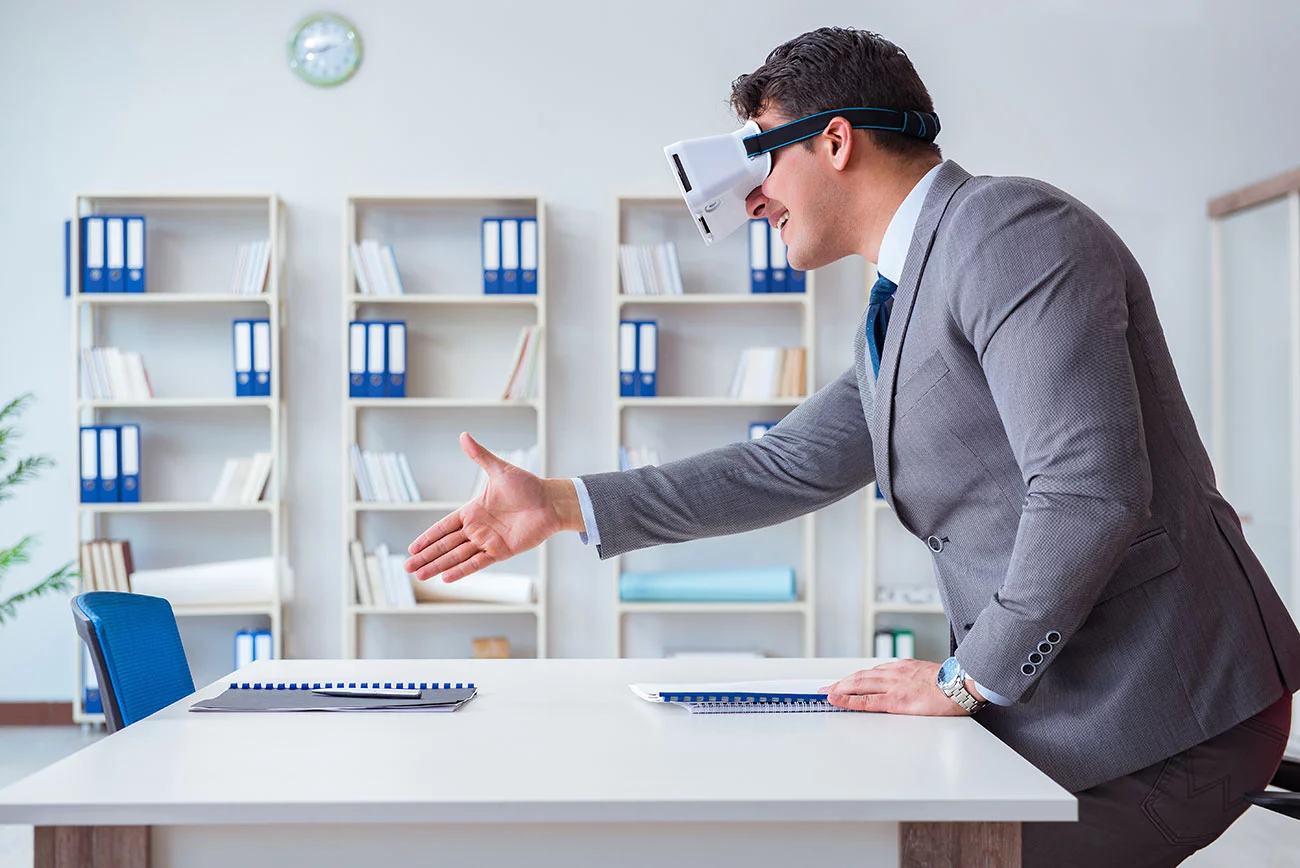

Organizations need to understand how many people are using common areas, conference rooms, workspaces and other parts of the office environment. The objective is to control the number of people who occupy small spaces and determine how to best configure the environment to support hybrid work models.
Many organizations are opting to eliminate large conference rooms and meeting spaces in favor of smaller meeting and huddle rooms. Some are also looking to reduce or even eliminate assigned workspaces, adopting a “hotel” model in which employees use any available workspaces when they are in the office.
Rahi has partnered with Xovis and Density to develop workplace analysis solutions for customers. The technology developed by Xovis and Density allows for office personnel entering into or out of a building, floor or workspace to be counted. This allows queue detection and physical distancing management so that customers have the data they need for effective facilities design and management.
Xovis ceiling-mounted sensors have two wide-angle lenses for “stereo” vision. Each lens captures the scene from different perspectives, and the sensor analyzes each pixel to calculate the optical disparity up to 30 times per second. The result is a precise 3-D image of the scene that enables accurate people counting. The raw data never leaves the sensor — artificial intelligence processes the data so that people can be counted without compromising security.
Density’s Open Area sensors provide an almost 360-degree view of space utilization, down to the square foot, for tracking the utilization of desks, conference rooms and open spaces. The company’s Entry sensors count people entering and leaving doorways, floors and rooms. Density also offers a portfolio of software tools for managing desk configurations, assigning amenities, providing real-time occupancy data, space utilization, and desk booking.
As with any Internet of Things (IoT) project, the installation of workplace analysis sensors requires proper planning. How many sensors are needed? Where will they be placed? How will they be connected to the network?
The Rahi team starts with basic floor plan information to estimate the number of sensors based on the areas the customer wants to monitor. From there, a site walkthrough is scheduled and we take accurate measurements from floor to ceiling, including openings and doorways. Our installation experts take pictures to understand where there might be any kind of obstacle, such as exit signs, large light fixtures or HVAC equipment.
Rahi then install the sensors to cover the desired area. The sensors use ‘Power over Ethernet’, so only low-voltage wiring is required. Rahi’s Service team also installs cabling if the customer does not have a preferred cabling provider.
The data collected by the sensors is correlated in a dashboard that can be utilized in multiple ways. Facilities managers can use the data to optimize the design and layout of the space. Organizations that move to a “hotel” model can also install displays that show the available workspaces. When employees enter the front office or lobby area, they can see red lights for occupied spaces and green lights for those that are available. When someone moves into a workspace, the light changes color.
Some platforms give customers the ability to set occupancy thresholds for spaces. For example, if the occupancy level is 12 and 10 people enter the space, the display will change color to indicate the space is nearing capacity.
The Rahi team has completed large-scale workspace analysis projects across facilities worldwide. We have the expertise, experience, partnerships and global reach to help organizations optimize the safety, convenience and cost-efficiency of their post-pandemic work environments.
Bill has been in the IT industry for nearly 30 years. For the past 20 years, he has been specializing in data center operations, including presales and engineering. In particular, Bill has spent the last 12 years focusing on data center infrastructure management (DCIM) and other monitoring-related technologies.
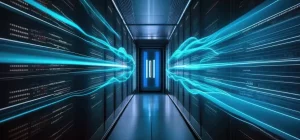
For years, data center power and cooling requirements remained relatively stable, enabling organizations to plan for...

Money, identities, books, art, movies, appliances, medical devices, automobiles… it seems as though there’s a...

Data centers are experiencing rapid growth to meet the burgeoning demand for processing power and storage capacity....
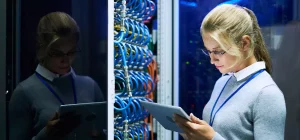
Once thought to be “nice to haves”, data center infrastructure management (DCIM) tools have become essential to...
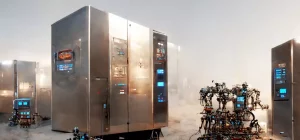
Although businesses continue to migrate more applications and services to the cloud, most also need to maintain a...

As the costs of building and maintaining an on-premises data center continue to escalate, more and more organizations...
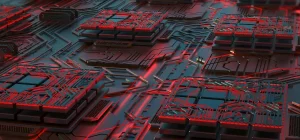
Traditionally, organizations build data centers from the ground up by installing cabinets and racks and then adding...
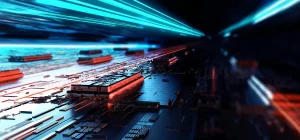
Unplanned network outages due to natural disasters, system failures, cyberthreats, or human error are on the rise,...
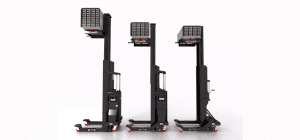
Fremont, Calif. — June 22, 2017 — Rahi Systems announced today a partner agreement with Daxten, a leading...

Despite predictions of its impending demise, the U.S. on-premise data center market remains healthy. More than half of...
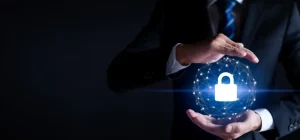
While most discussions of IT security focus on logical controls, protection of the physical data center infrastructure...

Outdated or obsolete applications make up nearly a third of the typical organization’s software portfolio,...
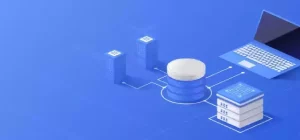
Traditionally, data centers have had power distribution systems purpose-built by electricians. However, custom...

More and more organizations are choosing to get out of the data center business and partner with a colocation provider...
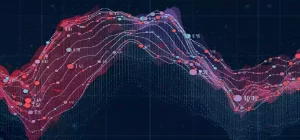
Power Usage in Data Centers Data Center power consumption has long been a concern of budget-conscious IT managers....

Most organizations had to rush to shift to work-from-home models. Now, they’re taking a more strategic approach to...
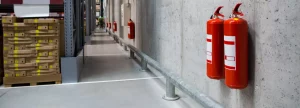
OVHcloud Data Center Fire in France In March 2021, OVHcloud’s five-story, 5,400-square-foot SBG2 data center in...
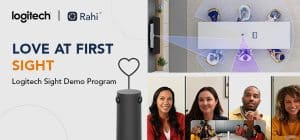
Do you struggle to offer your remote participants an inclusive experience? Do they often feel neglected and...

In a hybrid work world, audiovisual technology provides the critical connective tissue that binds remote, mobile...

Remote and hybrid work models have forever altered business operations, and many organizations recognize there’s...

The workplace has fundamentally changed over the past few years with the transition to hybrid work models. Most...
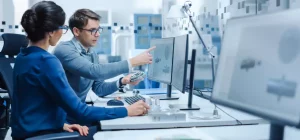
Collaboration software became a critical investment for most companies in 2020 due to the need to support...
Let our experts design, develop, deploy and manage your requirements while you focus on what's important for your business
Please check your inbox for more details.
| Cookie | Duration | Description |
|---|---|---|
| cookielawinfo-checkbox-analytics | 11 months | This cookie is set by GDPR Cookie Consent plugin. The cookie is used to store the user consent for the cookies in the category "Analytics". |
| cookielawinfo-checkbox-functional | 11 months | The cookie is set by GDPR cookie consent to record the user consent for the cookies in the category "Functional". |
| cookielawinfo-checkbox-necessary | 11 months | This cookie is set by GDPR Cookie Consent plugin. The cookies is used to store the user consent for the cookies in the category "Necessary". |
| cookielawinfo-checkbox-others | 11 months | This cookie is set by GDPR Cookie Consent plugin. The cookie is used to store the user consent for the cookies in the category "Other. |
| cookielawinfo-checkbox-performance | 11 months | This cookie is set by GDPR Cookie Consent plugin. The cookie is used to store the user consent for the cookies in the category "Performance". |
| viewed_cookie_policy | 11 months | The cookie is set by the GDPR Cookie Consent plugin and is used to store whether or not user has consented to the use of cookies. It does not store any personal data. |
